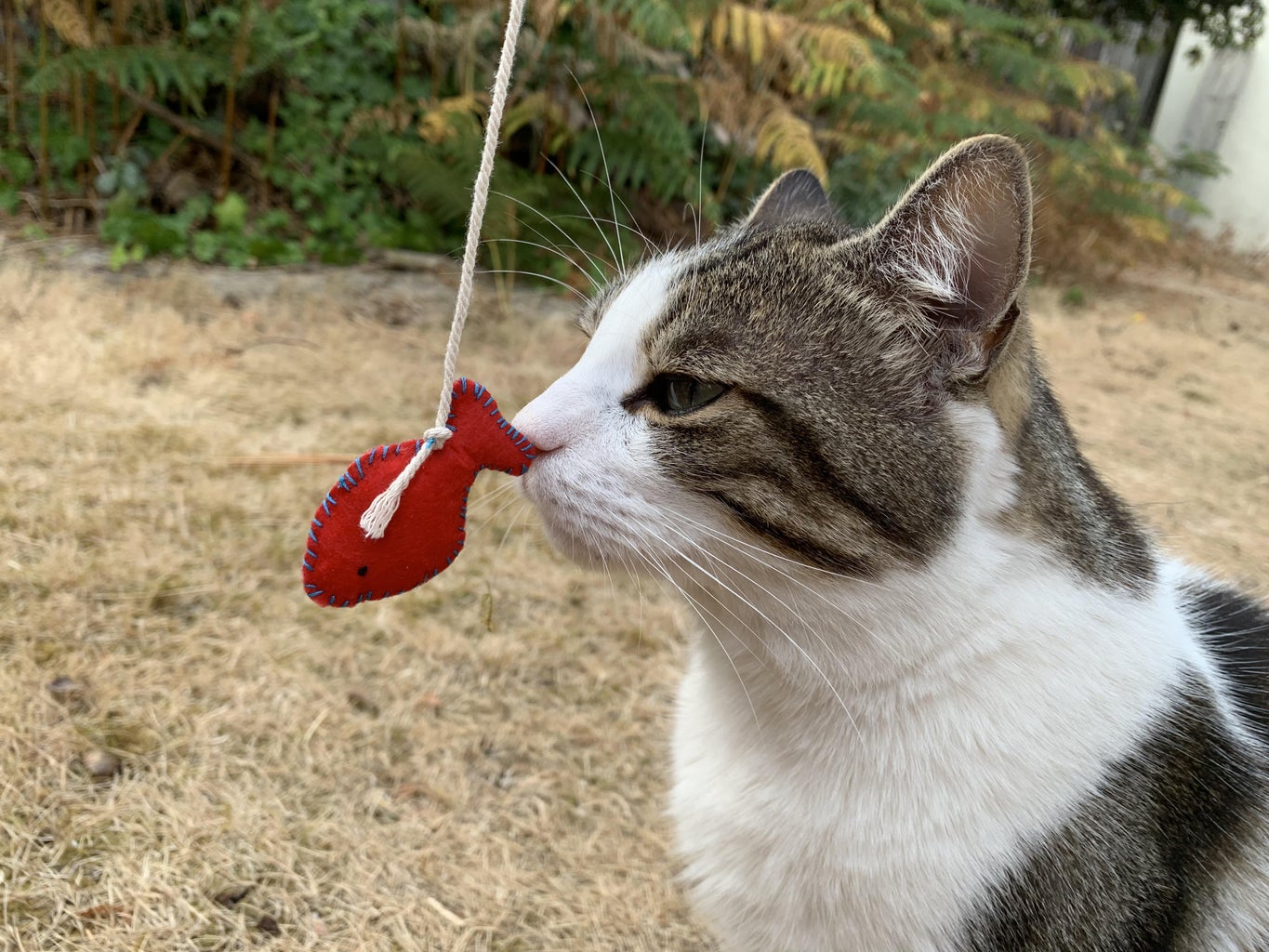
Cats are naturally curious, playful, and active creatures. Whether they are kittens or seniors, cats benefit greatly from physical activity and mental stimulation, both of which can be provided through toys. natuurmuseum Cat toys are not just tools for entertainment; they play a crucial role in promoting a cat’s physical health, mental well-being, and emotional balance. Especially for indoor cats who do not have access to the outdoors, toys are essential for expressing natural instincts such as hunting, chasing, pouncing, and climbing. Choosing the right toys and using them effectively can greatly enhance the quality of life for both cats and their owners.
Importance of Play in a Cat’s Life
Play is a fundamental part of feline behavior. In the wild, play helps kittens develop essential survival skills like stalking and hunting. In domestic settings, play serves similar purposes by keeping cats physically fit, mentally sharp, and emotionally satisfied. Regular play can help reduce common behavior problems such as aggression, scratching furniture, or over-grooming. It also strengthens the bond between cat and owner, especially when interactive toys are involved. Toys that mimic prey—such as feather wands or mouse-shaped objects—allow cats to act on their hunting instincts in a safe and controlled environment. When cats are deprived of opportunities to play, they may become bored, anxious, or depressed.
Physical Health Benefits
Engaging with toys helps cats stay active and maintain a healthy weight. Obesity is a common issue in indoor cats, and toys that encourage movement can serve as an effective form of exercise. Activities such as chasing, leaping, and climbing build muscle tone, improve cardiovascular health, and enhance coordination. Toys that stimulate activity are particularly beneficial for older cats, who may be less inclined to move but still require physical engagement to stay healthy.
Mental Stimulation and Enrichment
Cats are intelligent animals that need mental challenges to stay alert and satisfied. Toys that provide stimulation through puzzles, sounds, or unpredictable movements keep a cat’s mind engaged. These toys mimic the mental challenges cats face when hunting or exploring in the wild. Without this stimulation, cats may exhibit signs of stress or destructive behavior. Puzzle feeders, for example, combine food rewards with mental tasks, keeping a cat occupied and mentally active for extended periods.
Types of Cat Toys
There is a wide variety of cat toys available, each catering to different preferences and play styles. Some cats are more responsive to visual stimuli, while others prefer toys that make noise or involve scent. Interactive toys, such as wand toys or laser pointers, require owner participation and are ideal for strengthening the human-cat bond. These toys also allow owners to control the pace and direction of play, making them ideal for training or therapeutic purposes. Self-play toys, such as balls, toy mice, or spring-loaded items, provide entertainment when the owner is not around. These toys should be safe, durable, and free from small parts that could be swallowed.
Sensory-Based Toys
Some toys are designed to appeal to a cat’s specific senses. For instance, toys infused with catnip can trigger excitement and euphoria in many cats, although the reaction varies by individual. Toys that crinkle, rattle, or chirp simulate the sounds of prey and can provoke a strong predatory response. Similarly, toys with feathers, fur, or fluttering motion capture a cat’s visual attention. Rotating or battery-powered toys introduce motion and unpredictability, keeping a cat engaged for longer periods. These toys are especially helpful for cats that need more stimulation due to being home alone during the day.
Safety and Toy Selection
When choosing toys for a cat, safety should always be a top priority. Toys should be made of non-toxic materials and free from loose parts that could be swallowed or choked on. Ribbons, strings, or rubber bands can be dangerous if ingested and should be used only under supervision. Damaged or broken toys should be discarded immediately to avoid injury. Additionally, it’s important to rotate toys regularly to keep the cat interested and prevent boredom. Some toys lose their novelty over time, and changing them out can renew a cat’s enthusiasm for play.
Age and Personality Considerations
Different cats enjoy different types of play depending on their age, personality, and energy level. Kittens are typically more energetic and curious, often enjoying toys that move quickly or make noise. Adult cats may prefer more strategic play that involves stalking and pouncing. Senior cats may not have the energy for vigorous play but still benefit from gentle, stimulating activities such as light wand movement or soft plush toys. Observing a cat’s behavior and preferences is key to finding toys that match their individual needs and style of play.
DIY Toys and Cost-Effective Options
Cat toys don’t always have to be store-bought. Many simple, safe items around the house can be repurposed into entertaining toys. Paper balls, cardboard boxes, toilet paper rolls, and string (when used under supervision) can provide hours of fun. DIY toys can be a creative and cost-effective way to enrich a cat’s environment, especially in multi-cat households. However, homemade toys should be checked carefully for safety and durability, just like commercial products. The goal is to provide enrichment while avoiding any risk of harm.


